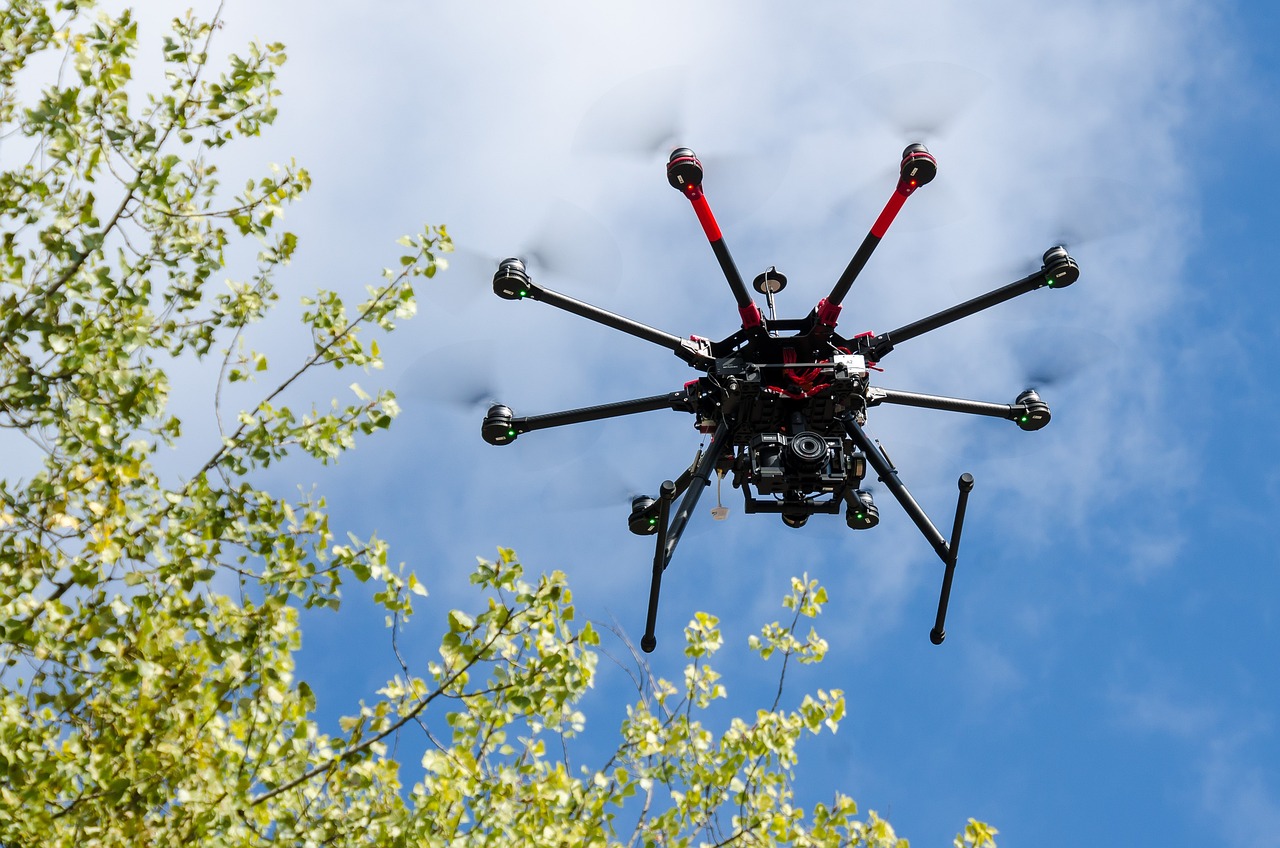How Robotics Technology Can Automate Your Logistics Workforce

Robotics technology is getting better all the time, and robotics are particularly helpful to industries like logistics, improve the efficiency of supply chains worldwide.
Automation is helping companies navigate the challenges of higher customer demand and labor shortages. Robotics is a technology trend that is already being implemented across industries such as medicine, manufacturing, and emergency response. Robots have made surgeries less invasive, patient care more efficient, and disaster cleanup easier and safer for human workers.
When robots have been integrated into manufacturing processes, the result has been higher quality products at lower costs.
Challenges Facing Logistics
Labor availability is a considerable issue facing the logistics industry. Finding the right employees to move products from suppliers to customers is a problem that increases in magnitude each year. With an e-commerce revolution progressing at full steam and historically low birth-rates in developed and developing markets, there isn’t enough of a human workforce to keep up with demand.
Counteracting these effects will require a non-traditional approach to logistics. Logistics operations will need to exploit robotics technologies to take over tasks that have traditionally been performed by humans. Luckily, many of the roles affected by the labor shortage are highly repetitive tasks, the kinds of tasks in which computers usually outperform humans.
Logistics Applications for Robotics
Inventory Identification
Warehouse drones equipped with RFID technology already being used for inventory identification. Logistics operations that handle large volumes of inventory usually expend significant resources for inventory checking tasks. Between the human workers and the time cost, robots can provide huge resource savings for inventory checks. Additionally, logistics robots are usually more accurate than human workers, can work for longer hours, and are exceptional tools for standardizing processes. An unmanned aerial vehicle can perform automated checks at a pre-programmed schedule, avoiding human-error and protecting human workers from needing to lift heavy and/or dangerous inventory.
Packaging
The packing process is another fairly repetitive task that is prime for robotics technology. Robots can be programmed to package products, improving efficiency and speed and reducing reliance on human workers.
Moving Product & Inventory
Stationary robots are currently being used to transfer products from conveyor systems to cartons, sorting systems, and assembly lines. These robots are guided by warehouse management systems (WMS). Modern robots can be programmed to recognize and pick thousands of different items rather than just one item. A robot that can lift heavy objects is also good for warehouse workers as it will prevent workplace injuries and the associated lost work time.
Robotics have tremendous potential for increasing overall efficiency and productivity in logistics. As robot designs and automation software become more sophisticated, robots will be able to handle increasingly complex and intricate tasks and while becoming more independent of human input. Robotics logistics should be a primary focus point for any logistics company that aims to be profitable and relevant in the modern marketplace.



